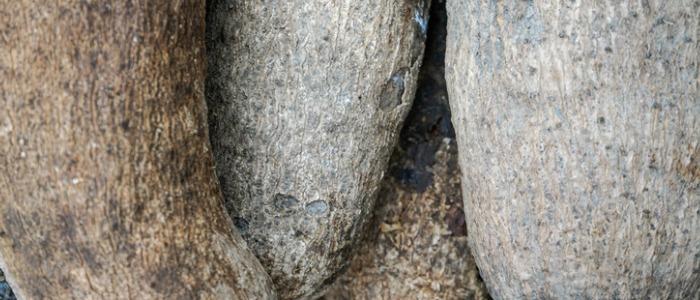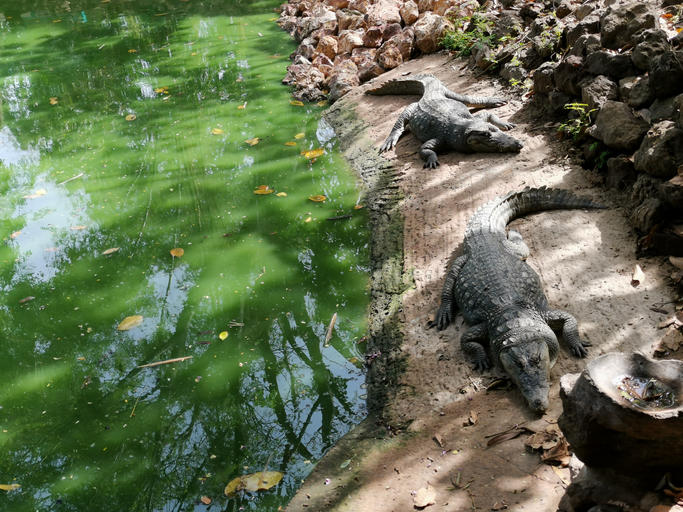New microbes discovered in a puppy, a crocodile pool and yams
Posted on October 13, 2020 by Matt Bassett
Each month, the Microbiology Society publishes the International Journal of Systematic and Evolutionary Microbiology (IJSEM), which details newly discovered species of bacteria, fungi and protists. Here are some of the new species that have been discovered and the places they’ve been found.
Streptomyces are commonly known due to their extensive antibiotic-producing capabilities. They are the largest antibiotic-producing genus and can produce drugs with a wide variety of capabilities, including antibacterial, antifungal and antiparasitic. Over 500 species have been discovered and this month two more have been discovered. Streptomyces harenosi was isolated from sand dune soil collected at Parangkusumo, Java in Indonesia. The second species was named Streptomyces apocynin it was isolated from Apocynum venetum, alternatively known as sword-leaf dogbane. These plants are poisonous but are a source of medicine; the leaves are used in traditional medicine for treating hypertension.

Another genus that yielded multiple new species this month was Rhizobium. Members of this genus are associated with roots and the formation of nodules. They are generally symbionts and take in nitrogen from the atmosphere and pass it on to the plant. The first Rhizobium species found this month was Rhizobium dioscoreae, and was found in yam, a tropical tuber crop. The second species was Rhizobium rhizophilum, isolated from the rhizosphere of rape (Brassica napus) grown in Yakeshi City, Inner Mongolia.

Animals were also the source of new microbes this month. A group of researchers isolated Bifidobacterium canis from a faecal sample of a three-week old German Shepherd. Bifidobacteria are saccharolytic bacteria (that break down sugars to produce energy) that colonise the gastrointestinal tract of dogs and other social mammals, poultry and insects. A research group also isolated Chryseobacterium vaccae from raw cow’s milk this month. The milk was collected from a farm in Korea.
While not from the animal itself, a research group isolated a new bacterial species from a freshwater pond inhabited by crocodiles in Taiwan. The group named it Rhodovarius crocodyli in recognition of the location it was discovered in. Previous to this study, the genus Rhodovarius only contained one species; Rhodovarius lipocyclicus. Researchers discovered another new species from an animal pond in Taiwan this month, however this time it was from a fishpond. The research group were studying the biodiversity of bacteria present in freshwater and named the species Flavobacterium ichthyis.

Plants were also the source of new microbes this month. Researchers isolated Nonomuraea nitratireducens from Suaeda australis, the austral seablite, a species of plant in the family Amaranthaceae. They grow mostly on shorelines in coastal or estuarine areas. They are known as a salinity indicator plant, as if they grow in irrigated areas it shows the area has a high salt content. Another research group discovered Pseudomonas viciae this month. This species was isolated from the rhizosphere soil of the broad bean in Yunnan, PR China. Pseudomonas species are widely distributed in natural environments including soil, plants, air and water.
Lastly, researchers found a new species not in animals of plants but from the surface of a marine red algae, collected from the coast of Weihai, PR China. The species was named Algibacter marinivivus; members of the Algibacter genus are widely distributed in marine environments and have been found in seawater, sediment, algae and sea urchins.

